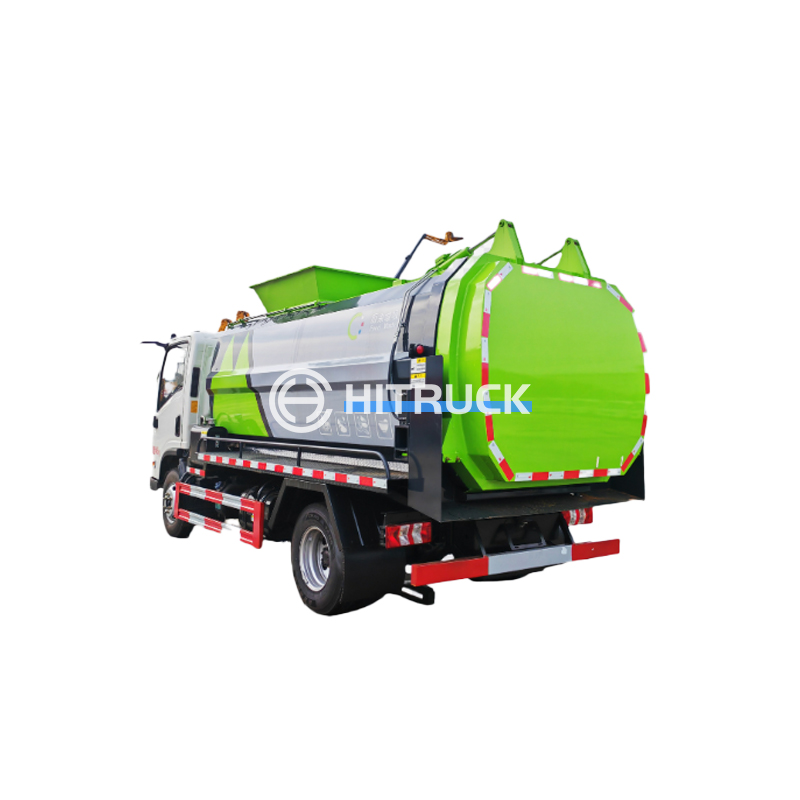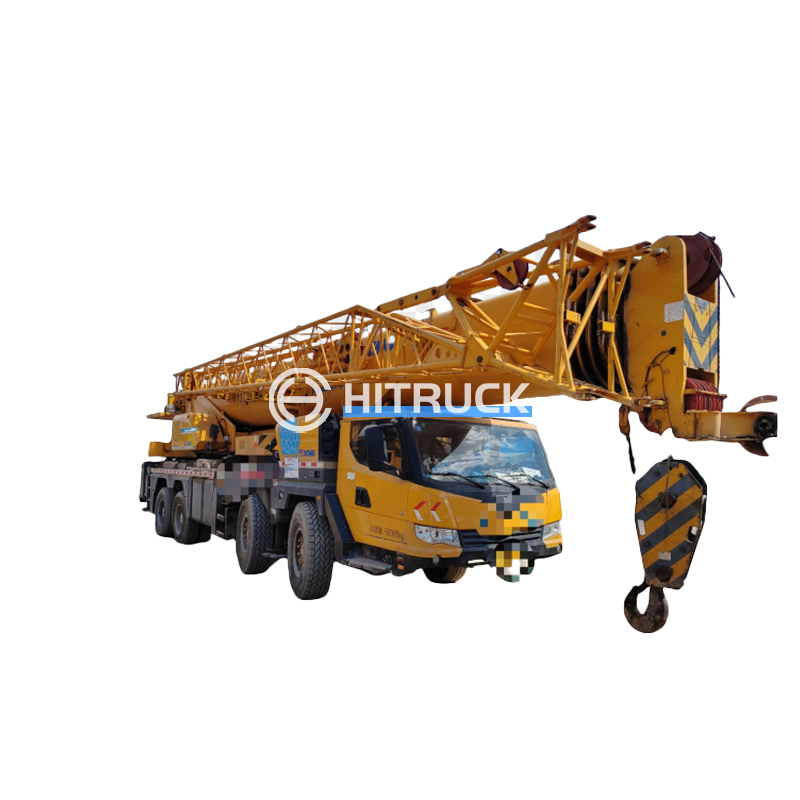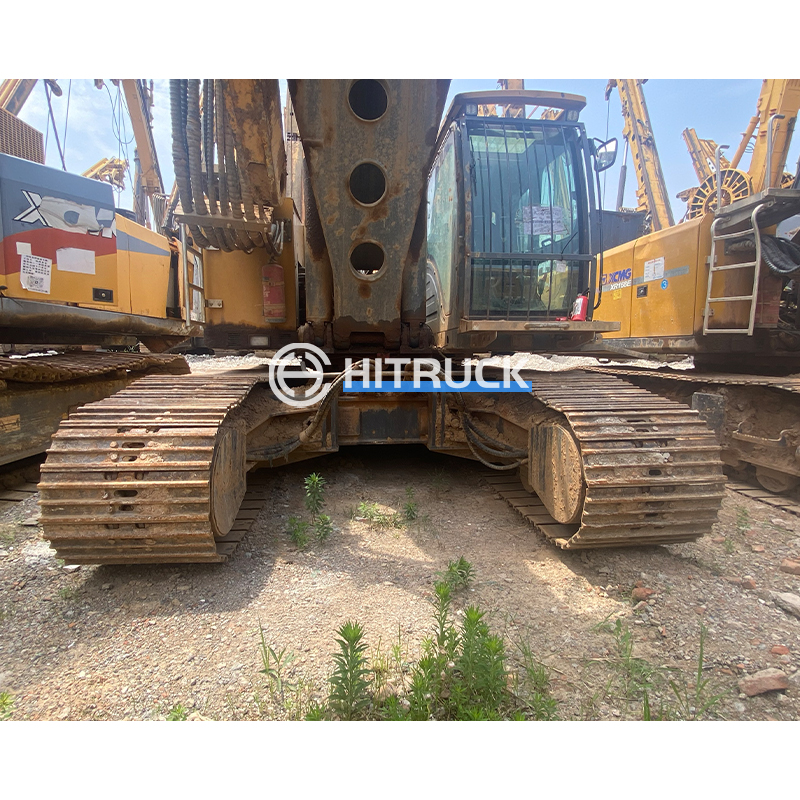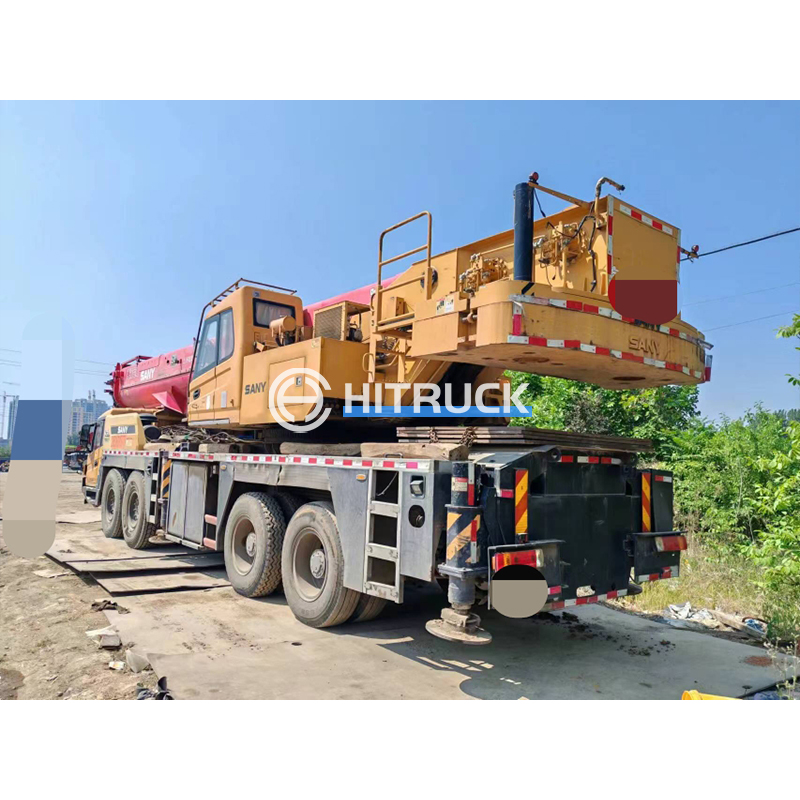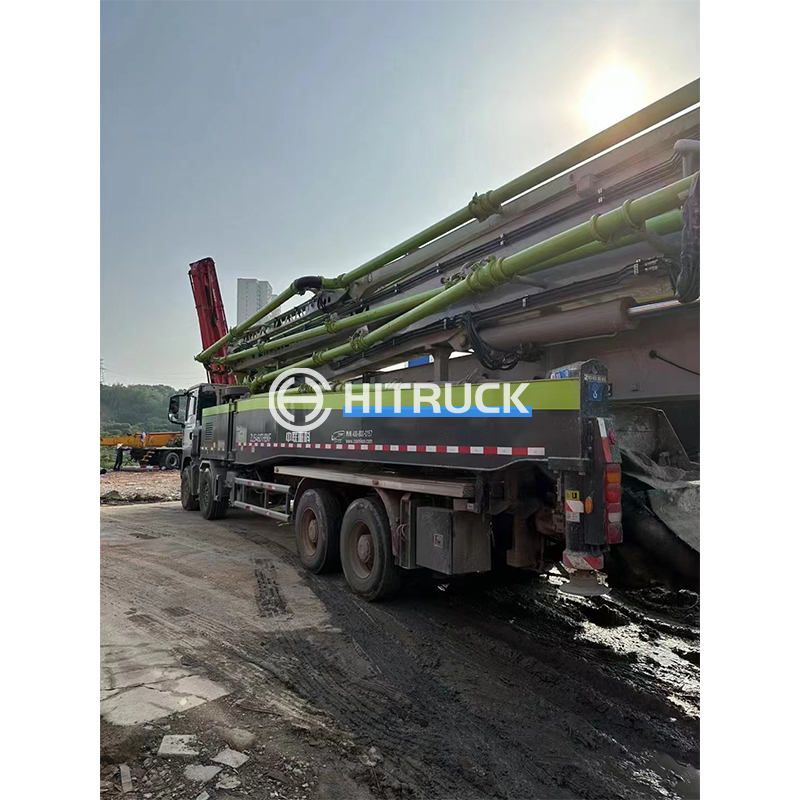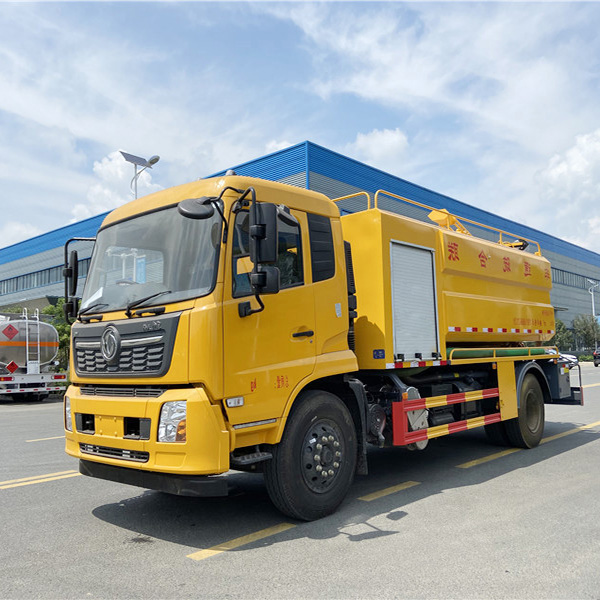Eco-friendly golf carts are not just a fad; they are becoming essential components in many communities. But how exactly are these evolving? Why are they significant beyond golf courses? Here’s a journey through some hands-on insights and challenges in the field.
Understanding the Need for Eco-Friendly Golf Carts
Eco-friendly golf carts initially grabbed attention for their potential to reduce carbon footprints on sprawling club grounds. However, their use has evolved dramatically beyond just the fairways. Small communities and local businesses are now adopting these as viable transport solutions, fueled by increasing environmental awareness and the push for sustainable living.
One common misconception is that they are just slower, less efficient versions suited only for limited use. In fact, the technological advancements in electric and hybrid models have significantly boosted their efficiency and range, making them a practical choice for various localities.
Speaking from experience, transitioning from traditional models to eco-friendly ones required not only a change in infrastructure but also mindset shifts among users. For instance, seeing them as reliable daily commuters rather than just simple golf course vehicles has been a gradual but rewarding process.
Technical Advancements in Local Settings
Recently, I observed an installation at a golf course where the shift to lithium-ion batteries drastically improved the carts’ performance. These batteries drastically cut down charging times and improved power retention, leading to longer intervals between charges.
Integration of solar panels has also seen some interesting experimental implementations. Some communities have started testing solar-powered stations to keep their carts charged, making use of abundant sunshine in their areas.
Another significant advancement is in the materials used. Lightweight, durable materials contribute not only to the enhanced performance of these carts but also to reduced wear and tear, which translates into lower maintenance costs—a crucial factor for local users.
Challenges and Practical Implementation
Real-world application is where theory meets practice, often in unexpected ways. One challenge is the existing infrastructure. Charging stations, when not efficiently planned, can cause disruptions. This is particularly observed in areas with limited public charging options outside of golf courses.
Moreover, there’s an educational component involved. Users who are accustomed to traditional carts need orientation and training. I witnessed this firsthand in a residential community where initial skepticism gave way to enthusiasm once user training programs were implemented.
Cost is another hurdle. While the long-term benefits are clear, the initial investment is still seen as prohibitive by some. It’s crucial here to highlight the total cost of ownership benefits, something we often discuss with prospective clients at Hitruckmall, helping demystify the cost structure for them.
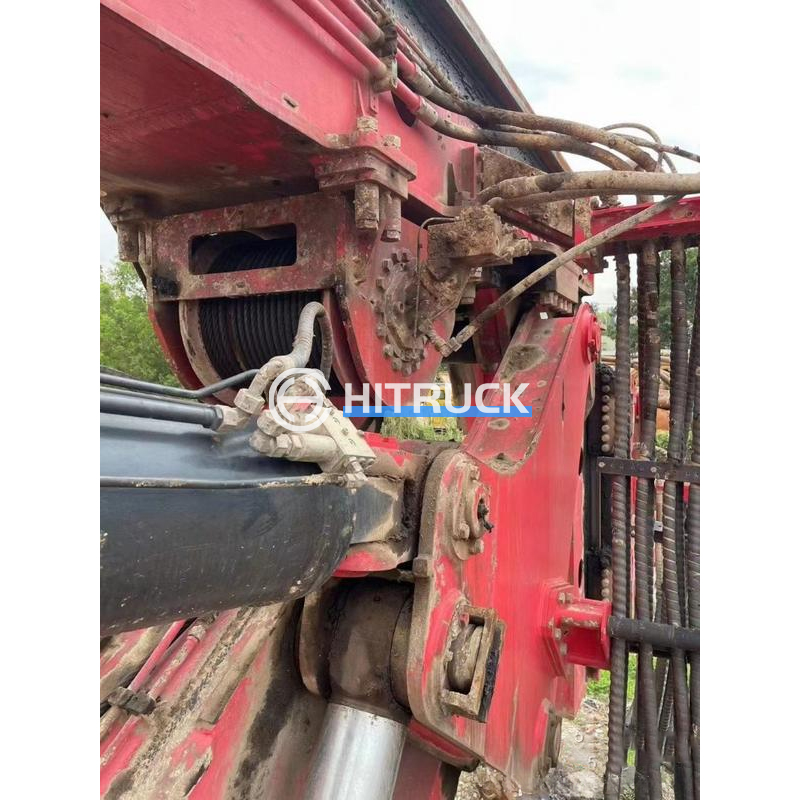
Case Studies from the Field
One notable implementation was in a retirement village that transitioned to electric carts for internal transportation. The switch was driven by residents’ demand for quieter, cleaner mobility options.
The transition, facilitated by our team at Suizhou Haicang Automobile Trade Technology Limited, went smoothly by aligning with local dealers and offering custom solutions tailored to the site’s specific needs.
Having personally overseen part of this project, the feedback was overwhelmingly positive, not just for environmental reasons but also for the enhanced quality of life and mobility flexibility the carts provided to residents.
The Role of Community and Customization
Local adaptation is key in any technology application. What works well in one community might not in another due to differences in geography, weather, and local regulations.
This is where customization becomes crucial. At Hitruckmall, we often emphasize the value of tailored solutions. Whether it’s adjusting the seating capacity or integrating additional safety features, customization can significantly influence adoption rates.
Furthermore, community involvement dramatically enhances project success. In many successful cases, involving users in the planning and decision-making process led to better acceptance and more insightful feedback for future improvements.
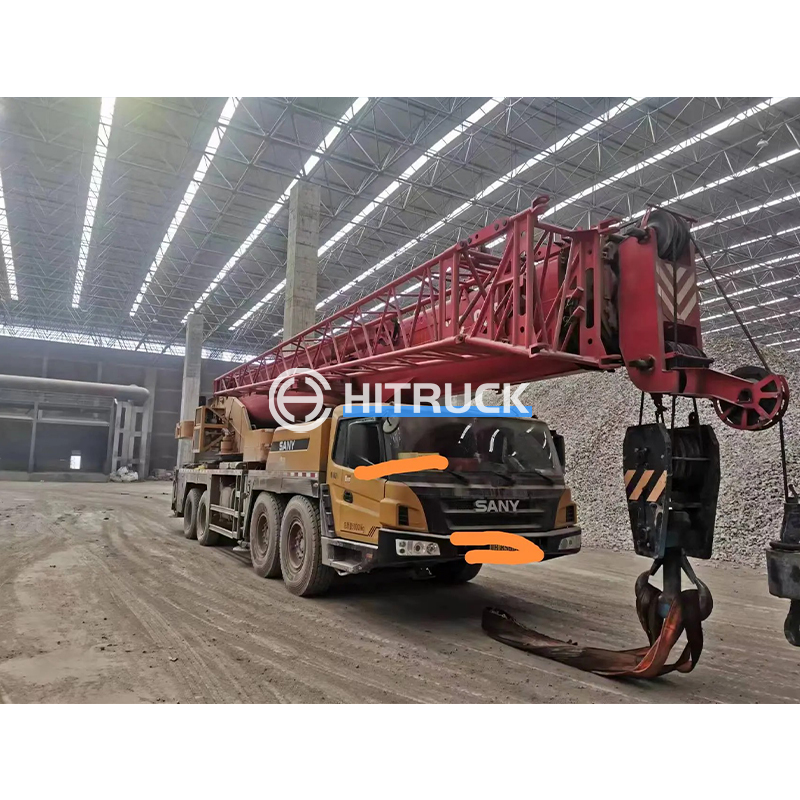
Looking Ahead
Eco-friendly golf carts are here to stay, and their role in local transport ecosystems is only growing. The ongoing evolution in battery technology and materials science promises even more advancements, potentially opening new applications in urban and rural settings alike.
Looking forward, collaboration between manufacturers, tech developers, and local users will drive more refined adaptations, expanding these vehicles’ uses and benefits. At Suizhou Haicang Automobile Trade Technology Limited, we continue to explore these possibilities, eager to see how these evolutions will reshape local transportation landscapes.
In conclusion, the evolution of eco-friendly golf carts is a testament to how small, incremental changes can lead to meaningful improvements in local communities. It’s an exciting, dynamic journey we’re proud to be part of.




